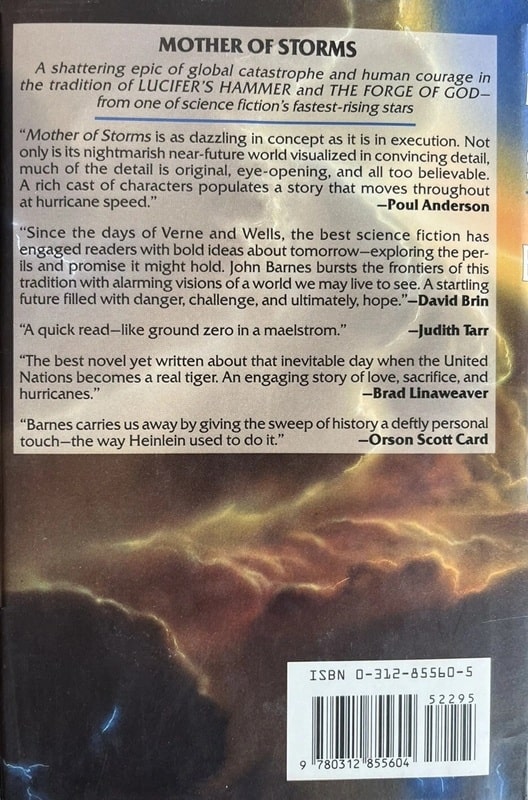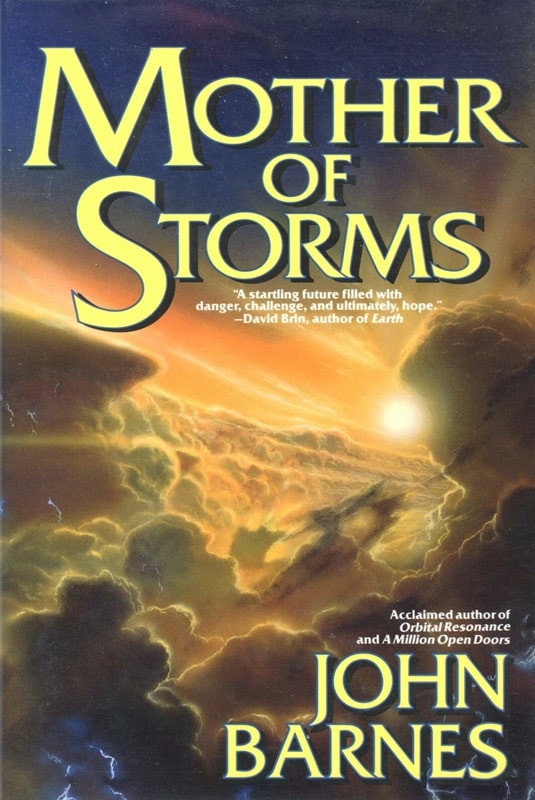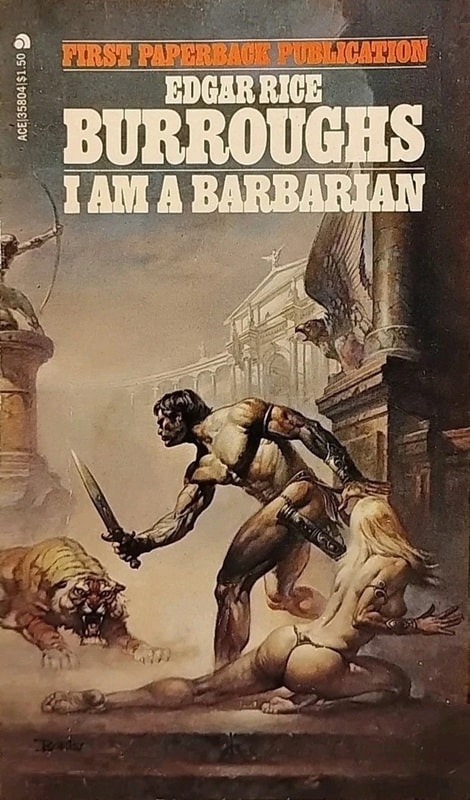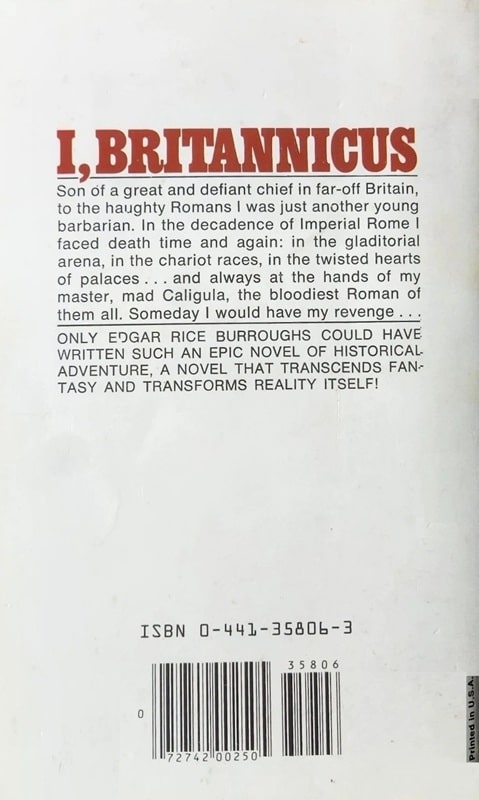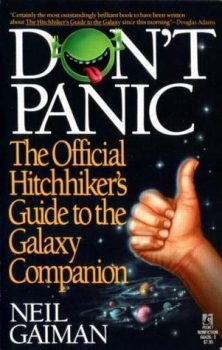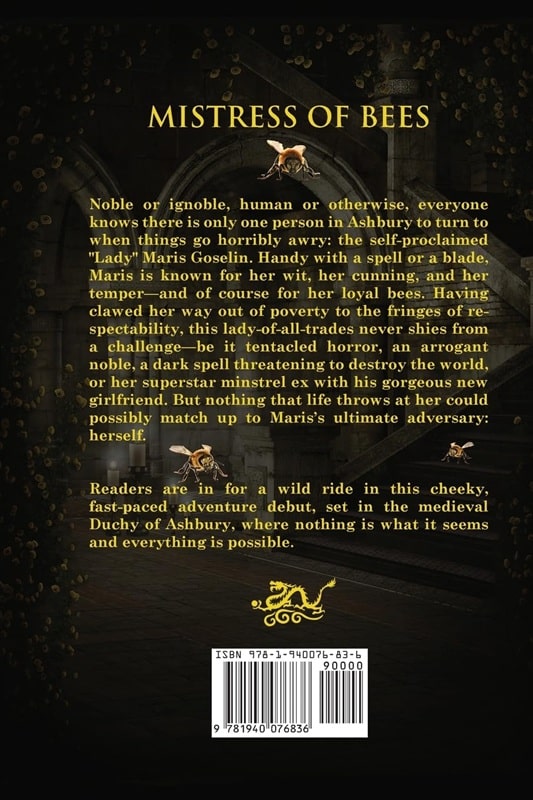Just When You Thought It Was Safe, Part 1
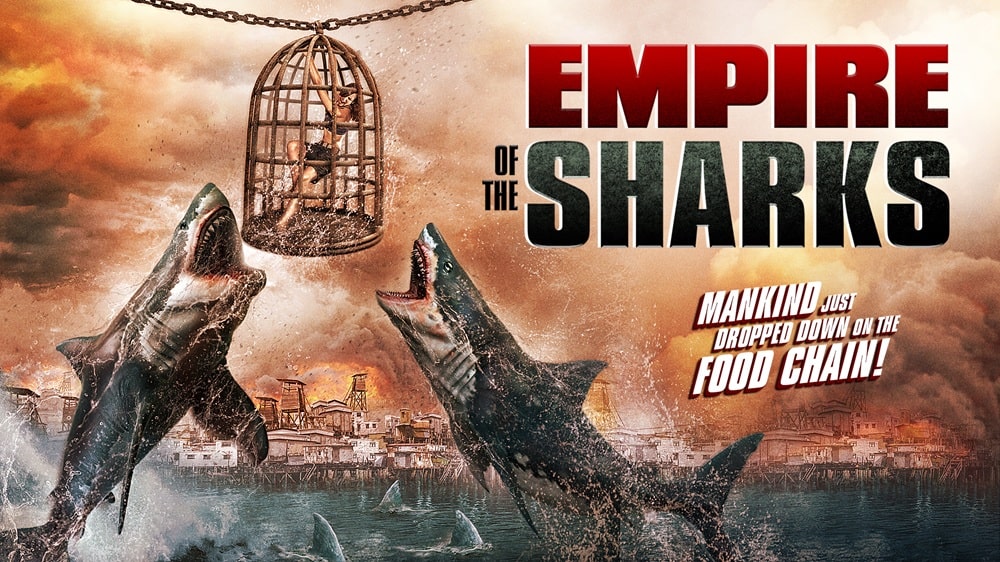
We’re back!
The film choices are limited to Prime and Tubi, because I’ve cut back on streaming services, but rest assured, there’s still a lot of rubbish to come. Yes, I’m returning to shark movies, because there are still around 17,000 I haven’t watched yet.
Empire of the Sharks (2017) – Tubi
SyFy and The Asylum, two things that go together like toothpaste and orange juice, or assault and battery. Here they combine to bring us the spiritual successor to Waterworld we never knew we dreaded. In a dystopian, flooded future, humanity ekes out a damp existence on floating towns beset by warlords and theatrical ne’er-do-wells. Warlord Ian Fein (John Savage) has taken a bunch of ladies from one such town to use as labor, and then as food for his collection of remote-controlled sharks.

